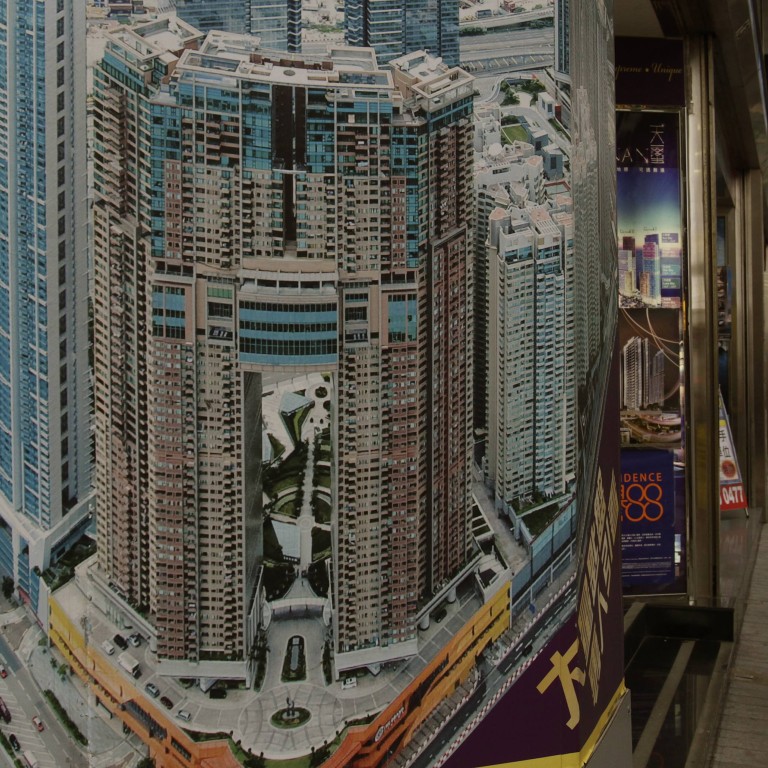
Hong Kong's simple answer to its industrial land space puzzle
Lax enforcement of key court ruling contributes to soaring cost of sites, but finding a solution is tricky, especially when this requires honesty
Let me present you with a puzzle that would seem to have no answer. We start with a chart of industrial production, 40 per cent down at the moment from its peak in the mid-1990s, this over a period when the overall size of the economy has doubled.
Industrial production has actually held up quite well when you take into consideration that domestic exports crumbled by 70 per cent as Hong Kong's manufacturing industries moved to a more natural home on the mainland.
But, of course, much of what we include in industrial production serves our domestic economy rather than consisting of export goods. Examples are industries such as food packaging and motor vehicle repair.
It is noteworthy, nonetheless, that the stock of flatted factory and storage space has remained static throughout. It currently stands at 223 million sq ft, which is down by barely half of 1 per cent over the last 10 years.
Put this together, a massive decline in industrial production from a stock of industrial floor space that has not declined at all, and the obvious conclusion you come to is that prices of industrial space must have collapsed in recent years.
Not a bit of it, quite the reverse in fact. As the second chart shows, prices of industrial space in Kowloon and New Kowloon have risen nine-fold from their bottom in mid-2003. This compares with a four-fold rise over the same period in average prices of new residential flats.
A puzzle indeed but it has a simple answer. The industrial space is no longer being used for industrial purposes only. Most of it is in use for retail operations, offices and other non-approved uses.

I don't blame the CFA. That was what the law said and our top judges had to go with the law. Nor would it be easy for government to change this law. It goes to the heart of the lease conversion system on which much of our public revenue depends.
But it does mean that we now have widespread illegal use of industrial space with government officials, developers and users all looking the other way as strict enforcement of the Raider decision would now lead to a serious economic hiccup.
The big difficulty with this is that it hinders redevelopment of industrial space as everyone involved would have to turn honest. Thus a large number of these buildings are in an increasingly moribund state. Overall they constitute a seriously inefficient use of scarce land.
If our chief executive wants to find more land for housing, one good place to start is a fundamental rethink about industrial zoning and leases.
It would be a big job but large-scale redevelopment of industrial districts could potentially give us both more space for existing users and more land for housing.

